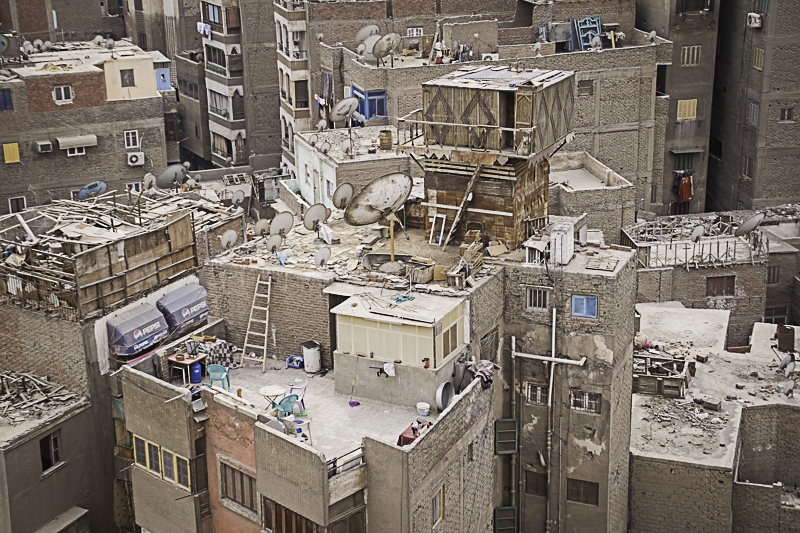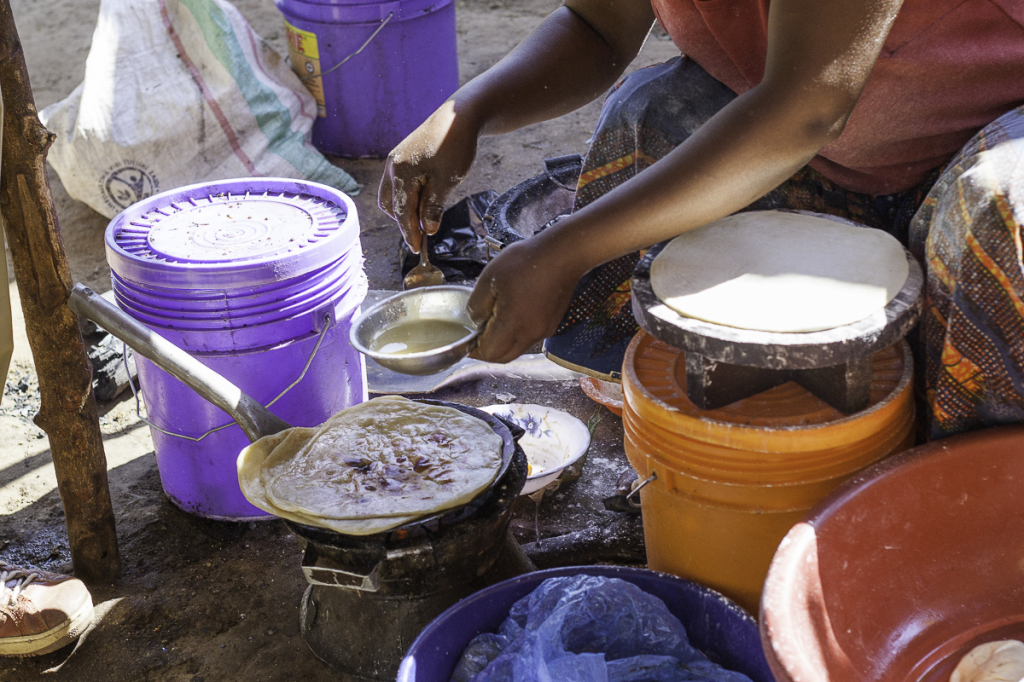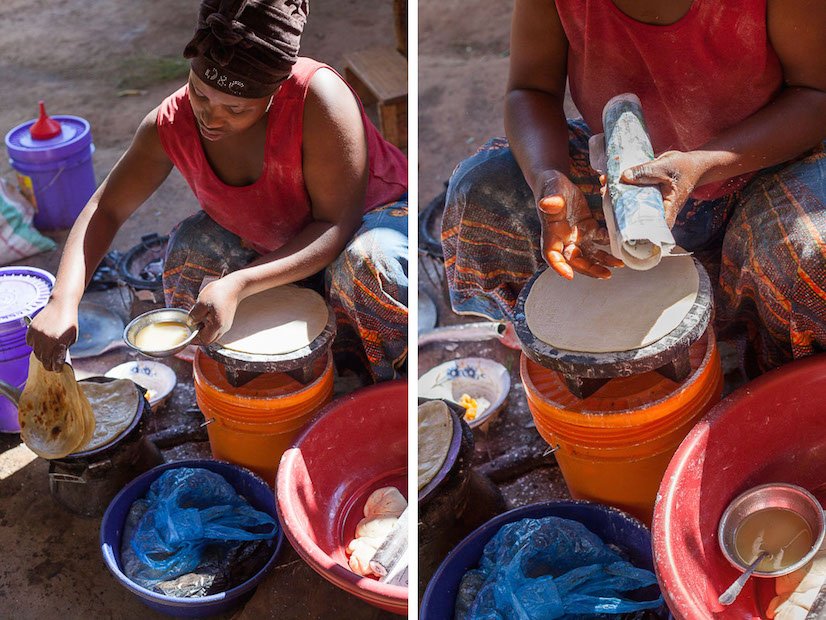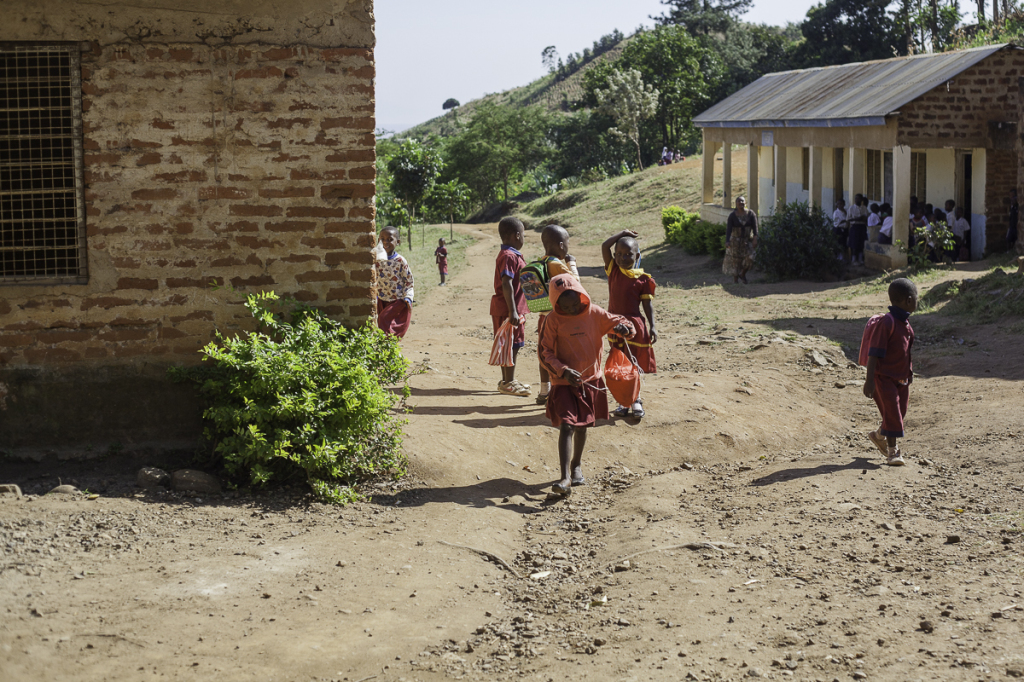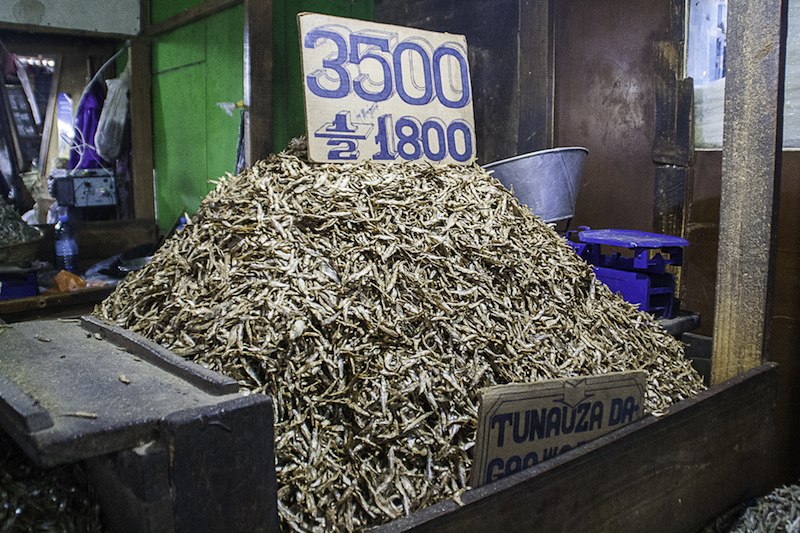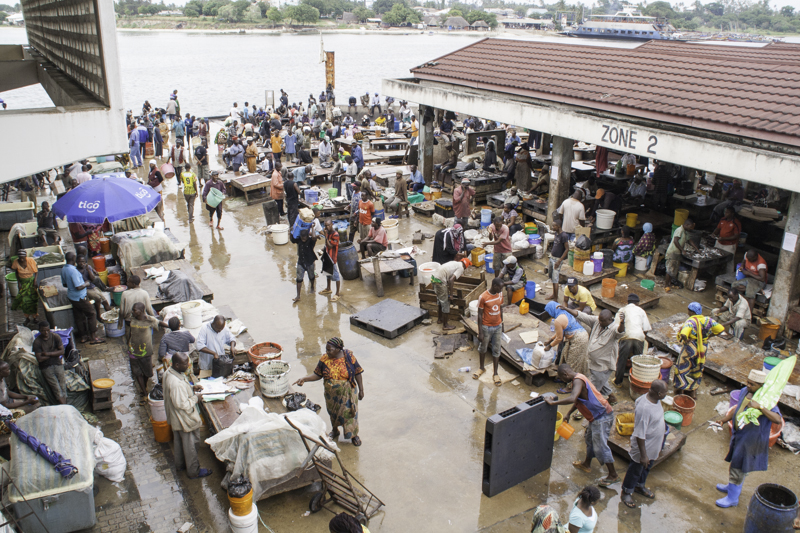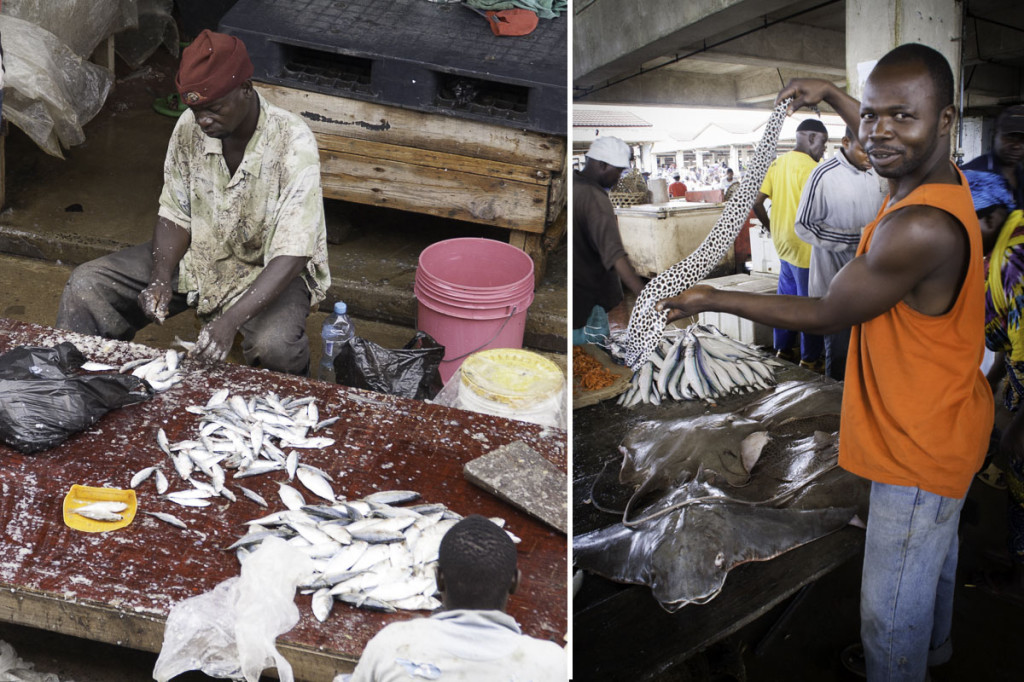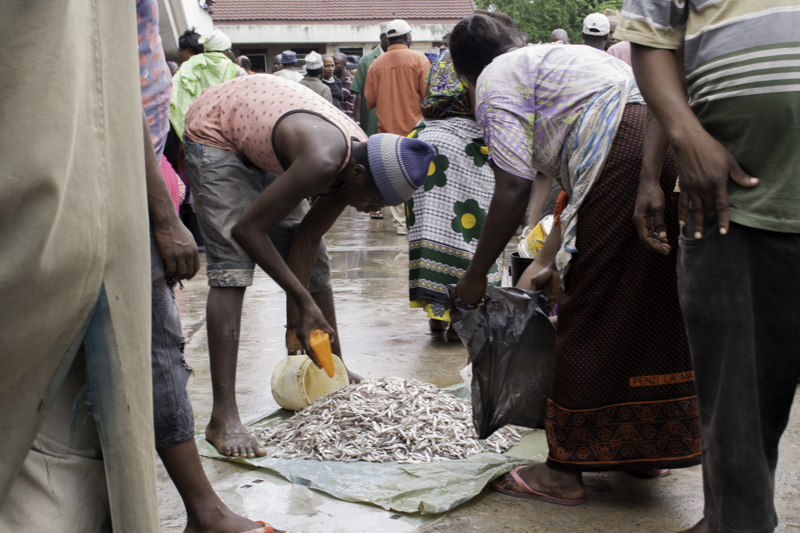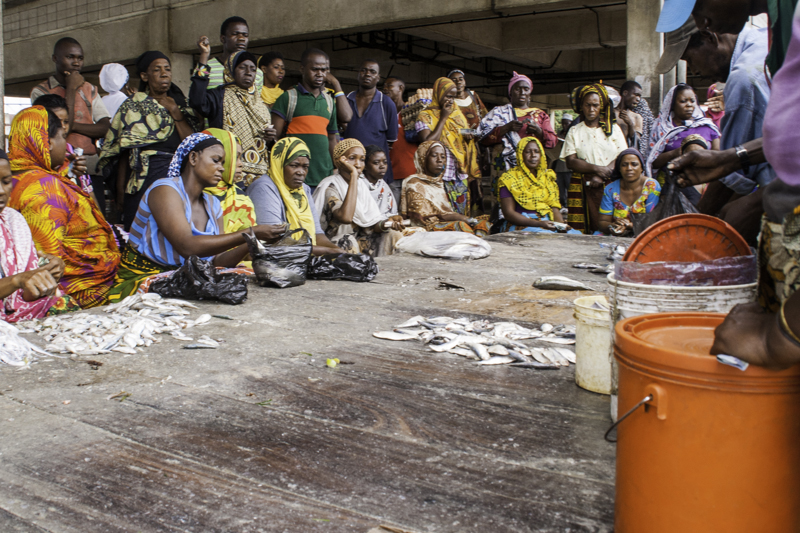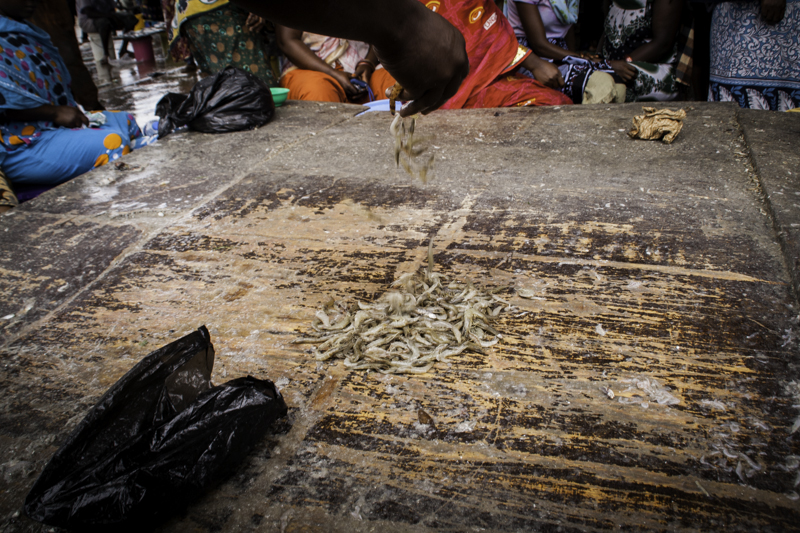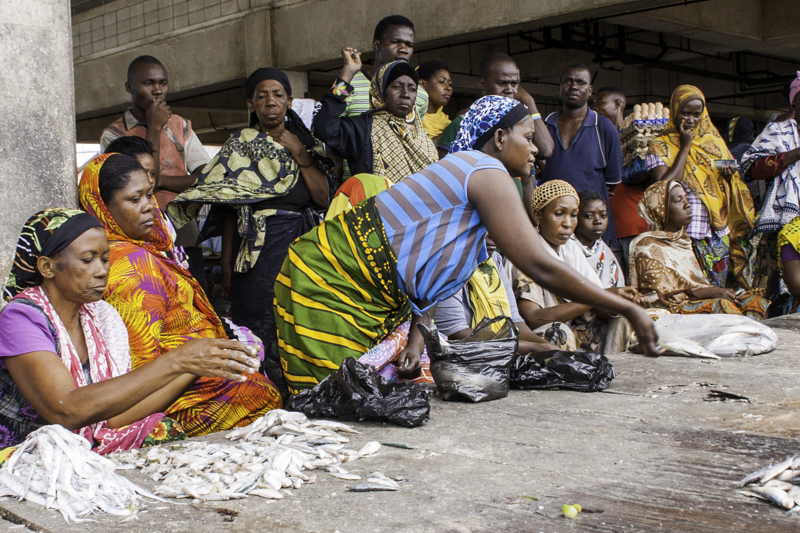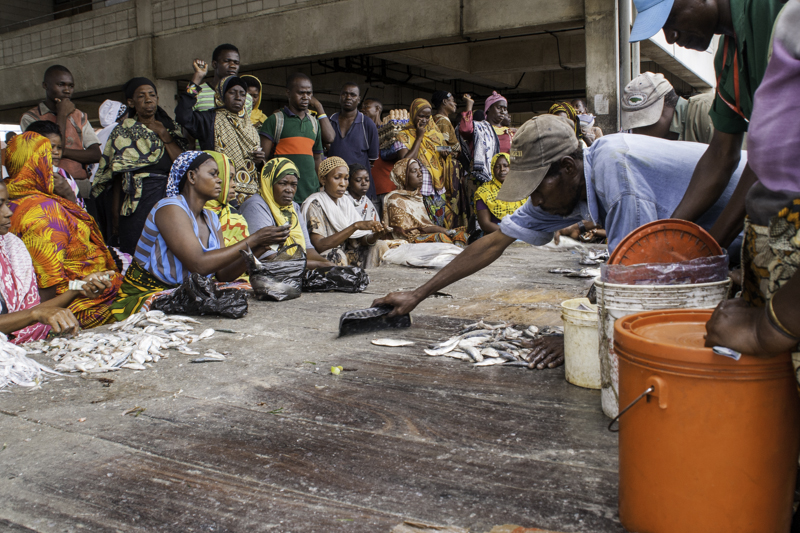
2014 is behind us, and 2015 has started with fresh vigor. Happy New Year! I’m left with a couple in-between days of down time and a whole lot of feeling reflective…so back to the blog it is.
2014 started in Tanzania, and it will end in Tanzania—very. happily. so. It seems unfair to sum up the travels, experiences, sights, and sounds that I’ve come across this entire year (and especially to sum up those that occurred in the latter six months, where my posting on the blog was irregular, at best), but let’s try anyway, shall we? Consider this post my end-of-year letter that would have, twenty years ago, been mailed right to your door. Mambo from Africa!

2014 marks the longest I have spent abroad without having gone back to the US. This is less a complaint and more of simply a cool fact, and also propelled by the fact that I know the end date to my expatriatism (which, Microsoft Word does not think expatriatism is a word, according to spellcheck).
2014 bent time and space, creating a weird time warp bubble that is simply every day life in Dar es Salaam. As I write this, I realize that my arrival in May 2013 seems ages ago, and that since my being home, babies that have been born and new jobs attained and relationships started and ended. Lots of new babies that I can’t wait to hug and kiss and smell their babyness (also, not a word)!
2014, though, was very much focused on my corner of the world (to me), and in this time warp bubble, things are all good. I was particularly bad at being in touch with friends this year, but like many things I blame it on the weird Dar space-time continuum. It took awhile to get to know and love my new home, but in the last several months I’ve really come around. What was hard is now easy, what was frustrating is now easily managed. The DiploMan may not be as smitten as I am in this place, but he is happy here, too. He is doing his suit-and-tie thing during the day (although at Embassy Dar, more like khaki-and-button-up), fighting the good fight. As just one of two Americans in his office, he still manages to take significant time off to travel and have fun, and not bring any work home with him or allow bureaucracy and Embassy dynamics skew his view of work and life. I envy him for these seemingly carefree qualities. Having a better grasp on work-life separation is one of my goals for 2015.
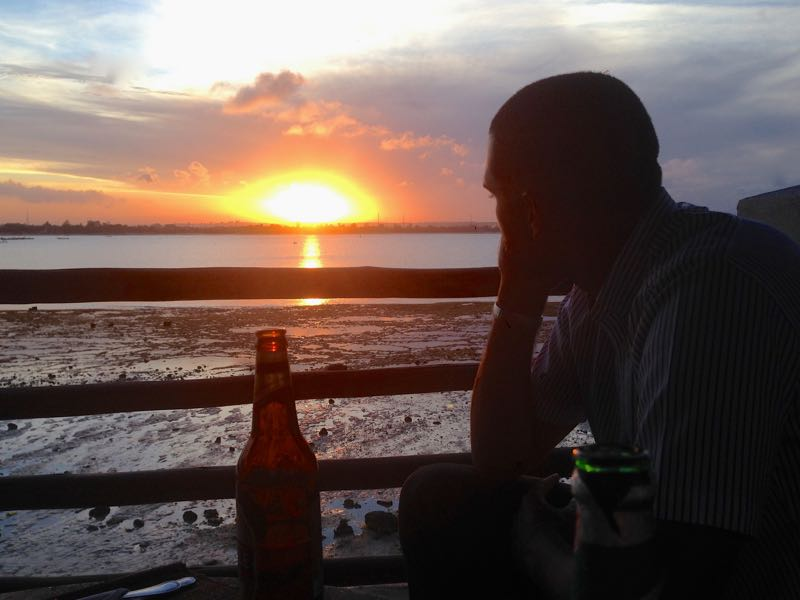
2014 allowed us to call Dar home, and it’s been a good home indeed. Our equatorial setting means year-round weather ranging between the very pleasant 85-95 degrees F, with daylight a fairly constant 6am-6pm. It’s a blessing and a curse, for although I have become an avid ocean creature and my skin dewey in the above-average humidity, I do miss my sweaters and boots and coats and beanies and scarves.
2014 allowed me to experience small-town type living. I miss big-city living, but this small-community certainly has its rewards. In our second year here, we have come to meet some really great, inspiring, and true friends. Some have since left, but we know they are ones we will know forever. Like our first post in Guangzhou, where we met some of our best friends, I know we will continue many friendships long after we leave Dar.
2014 was a good year for work, too. Home, climate, and social life aside, I found good opportunities that allowed me to grow in confidence and abilities. For most of the first year, as I somewhat reported in this blog, I was freelancing and writing copy and articles for various small companies and magazines around the web and world. I got a few big jobs in Dar, editing a local city magazine, as well as writing press kits for a local fashion designer. I also had the very exciting pleasure to hone my photography skills on a variety of projects, including an intensive five-day commercial photo shoot for the first Tanzania-based fast food concept, Bongo Flava. I’ve since eaten at Bongo Flava more than I’d like to admit I eat fast food, but it really is very tasty, so I’m quite proud to have supported that project.
2014 capped off my freelance work with a part time job at the Embassy, as a CLO (for those of you familiar with FS-life) which was rewarding but all-consuming. As my freelance work dropped off and I found less time and energy to blog, I decided that I wanted to get back into media, communications, photography, and writing. I had planned to return to freelancing, but quite fortuitously, I was able to score a contract with the US Agency for International Development (USAID) and work in their communications department, full time. I am thoroughly enjoying this work, as it feels it finally combines many of the skills I have learned in my decade-plus of seemingly scattered work.




2014 brought me outside my comfort zone, not only in work, but in play. It shuttled me around to places I never imagined I would, like the Serengeti. I climbed volcanoes, trekked through forests, camped amidst wild animals, boated to remote islands, and in general, explored the grandeur that is the country of Tanzania–and beyond. I wish I had the time and the energy to write posts about each and every adventure—which I always intended, but never got around too. Perhaps they’ll stay stored in my memory and I’ll one day share. I actually do intend to.
2014 also invited a slew of friends and family in Dar to experience some of these majesties with me, including visits from my parents and my sister. The recaps and photos from these trips I’ve meant to share for some time, but again, it’s a matter of getting around to it.
And now, what lies ahead?

2015 will bring the very best of my time in Tanzania, and then will close the chapter. With a departure date set sometime around May, it will be sad, but also a welcomed ending. I like it here in Dar, but I am looking forward to what is next. And frankly, this town is a bit small for me! So soon, we’ll be back in the US for some travels and time off, then spend some months of training in DC. After that, we’re heading back to China!
2015 and beyond is going to be crazy. China wasn’t the plan, but things often aren’t. This time we’ll be in the sprawling metropolis of Beijing, one of the greatest and most important cities in the world, both historically and contemporaneously. I can’t say I’m particularly excited, although I am very eager to live there. The recent bidding process for the DiploMan was a beast. High on our list were cities like Rangoon, Shanghai, Hong Kong, Kiev, Bratislava, and Athens. The Diploman was very close in getting some of those (unfortunately, being a second choice isn’t quite the as consoling as one would think) and very distant in others, but the final offer was for Beijing and for that we’re pleased.

So, on a very satisfied and positive note, I raise my coffee mug to the year 2015. Hopefully it includes a lot more blogging. And a new iPhone, which was gone along with 2014.

